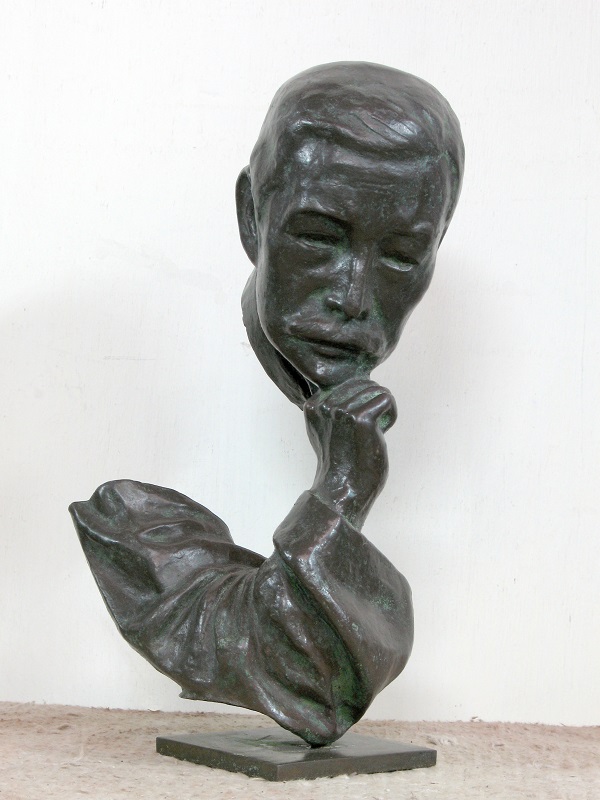=> HOME of Structured Data for Bios
蒲添生 Pu Tiansheng
|
Structured DataPu Tiansheng
蒲添生
ISNI
Sculptor
https://en.wikipedia.org/wiki/Pu_Tiansheng
http://www.styleplus.com.tw/6129947
http://pu-hao-ming.xxking.com/pts.htm
Pu Tiansheng (Chinese: 蒲添生, 1912.06.19~1996.05.31), was a well-known Taiwanese sculptor. He created Taiwan’s first ever likeness of Sun Yat-sen, today on display in front of Taipei Zhongshan Hall.
Born: 1912-06-19
Chiayi, Taiwan
Died: 1996-05-31
Taipei, Taiwan
Nationality: Taiwanese
Relations: Parent: Pu Ying
Father-in-law: Chen Cheng-po
Spouse: Chen Ziwei 陳紫薇
Children: Pu Hao-ming 蒲浩明
Alumni of: Kawabata Painting School, Japan
Alumni of: Imperial Art School (Musashino Art University)
Alumni of: Asakura Sculpting Studio
Alumni of: Tokyo School of Fine Arts
Colleague of: Chen Chengpo 陳澄波
Colleague of: Lin Yushan 林玉山
Colleague of: Pan Chunyuan 潘春源
Member of: Chun-Meng Painting Society 春萌畫會
Follows: Asakura Fumio 朝倉文夫
Important Roles: Creator of: Sun Yat-sen (sculpture) 國父孫中山(銅像)
Creator of: Poet (sculpture) 詩人 (銅像)
Founder of: Taiwan’s first bronze casting factory
Award and recognition: Gamecock (Glue Color painting) recipient of the Hsinchu Art Exhibition Prize. 鬥雞(膠彩畫作)新竹美展首獎;1925
Award and recognition: Poet (composed in 1947) selected by the Salon des Artistes Français
|
Sources and references
- 蒲宜君,《蒲添生《運動系列》人體雕塑研究》,臺北市:臺北市立師範學院視覺藝術研究所,2004。
- 蕭瓊瑞,《神韻‧自信‧蒲添生》,臺北市:雄獅圖書公司,2009。
- 蒲添生雕塑紀念館,《生命的對話:陳澄波與蒲添生》,臺北市:臺北市政府文化局,2012。
- 蒲浩明, 《臺灣雕塑歷史的軌跡—臺灣的西洋古典雕塑拓荒者蒲添生(1912-1996)》 取自「蒲浩明雕塑工作室」網站。
- Starting Out from 23.5°N: Chen Cheng-po, Academia Sinica Digital Center (ASDC). http://chenchengpo.asdc.sinica.edu.tw/friend_en
© Marcia Lei Zeng for Academia Sinica Center for Digital Cultures
